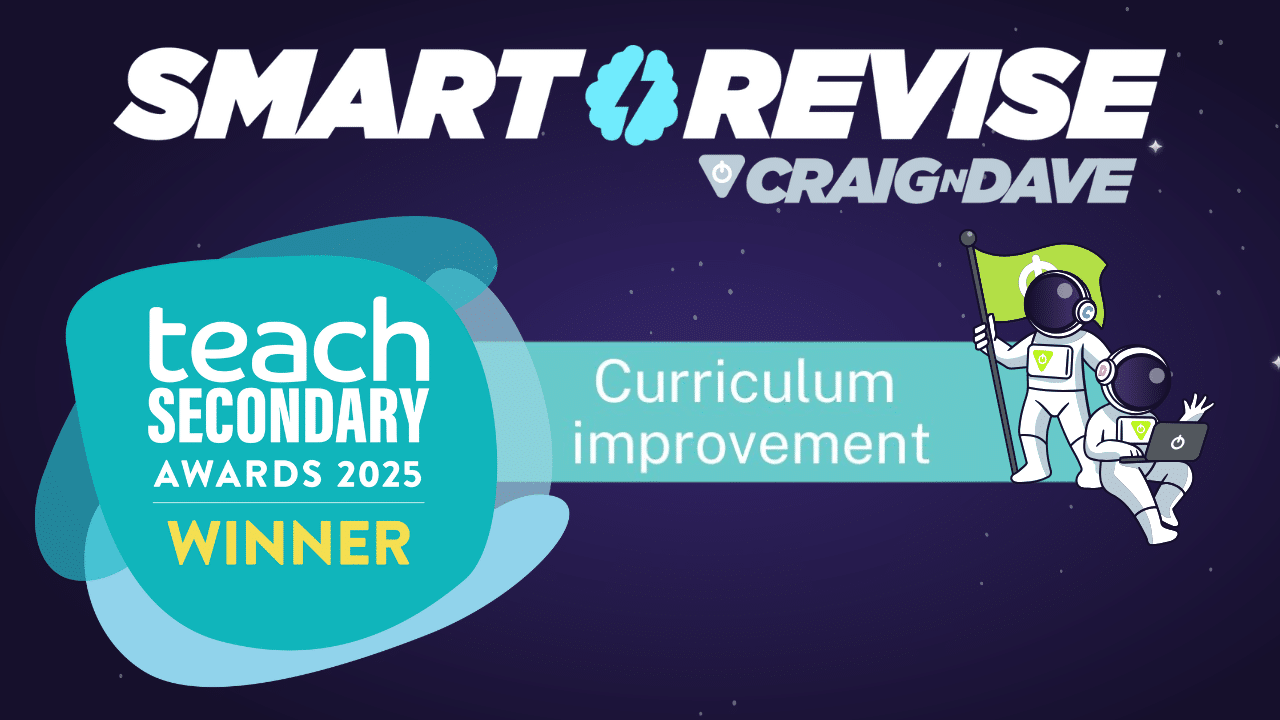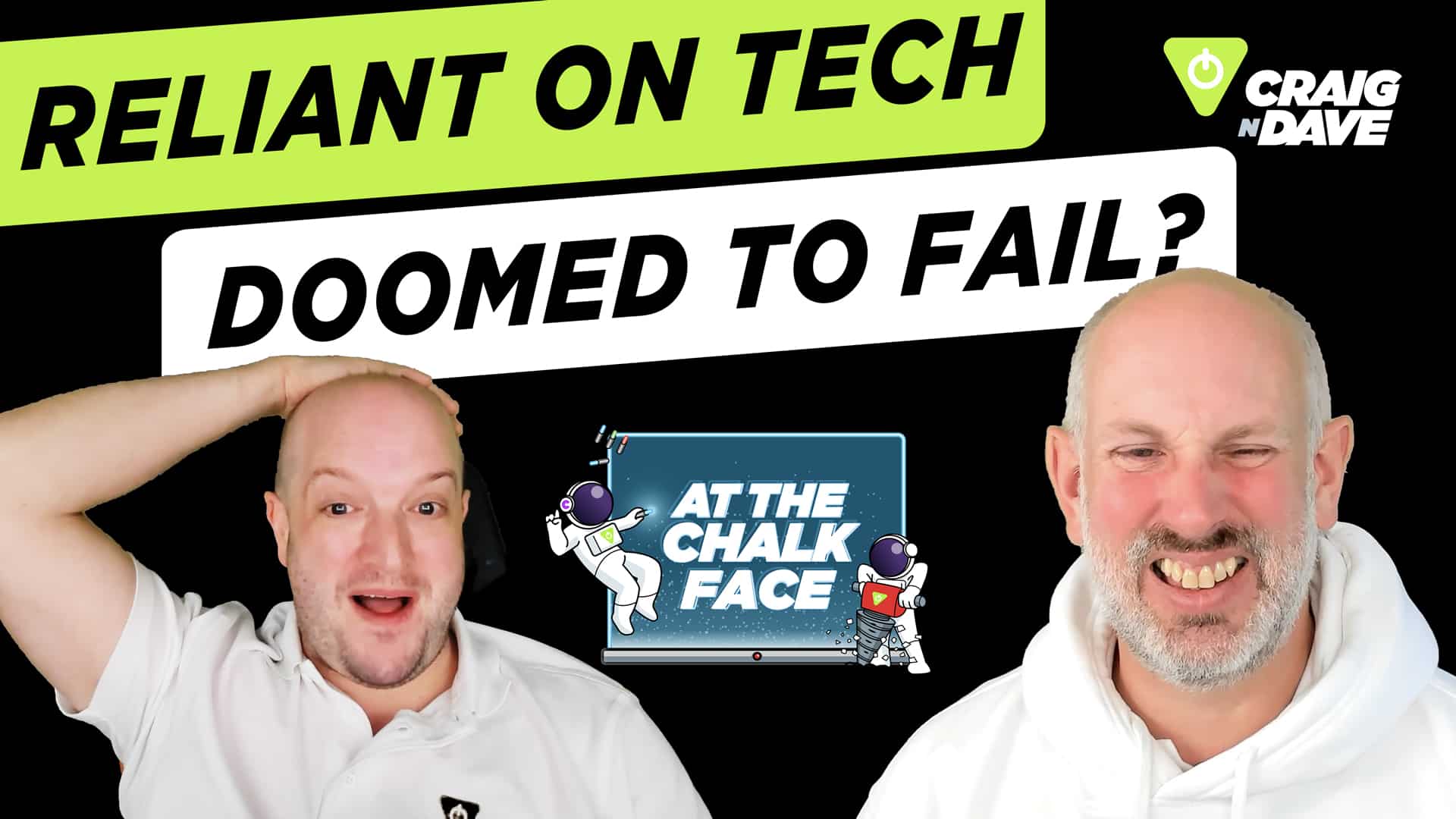
25 March 2025
In today’s digital world, streaming has become the go-to way to consume content. Whether it’s movies, TV shows, or even live sports events, platforms like Netflix make it possible to enjoy media at the push of a button. But what happens when your stream crashes during the biggest fight of the century? That’s exactly what happened during the Tyson vs Jake Paul boxing match, and it left millions of viewers frustrated with endless buffering and crashes.
What is streaming?
Streaming is the delivery of data over the internet in real-time. Unlike downloading, where you store a file on your device, streaming allows you to watch content instantly, one frame at a time. It’s convenient, but when too many people try to access the same stream at once, problems can arise.
Why did Netflix struggle?
So, why did Netflix crash during such a high-profile event? The answer lies in a combination of server issues, bandwidth limitations, and latency. Let’s break it down:
- Bandwidth: Imagine your internet connection as a single-lane road. When 120 million viewers try to access the stream at the same time, it’s like trying to fit all of London’s rush-hour traffic onto that road. Everything grinds to a halt.
- Server Capacity: Netflix uses a network of servers around the globe to deliver content, but when demand spikes, like during a major live event, those servers can become overwhelmed. It’s like a pizza shop that suddenly has to serve the entire neighbourhood at once.
- Latency: This is the delay between Netflix’s servers and your screen. Just like trying to get ketchup out of a nearly-empty bottle, latency causes frustrating buffering.
How can this be avoided?
Luckily, there are solutions to these issues. Content Delivery Networks (CDNs) are like mini hubs placed closer to viewers to reduce the distance data needs to travel. Load balancing ensures the demand is spread across multiple servers, and adaptive streaming adjusts the video quality when demand exceeds capacity. But Netflix still needs to up its game when it comes to handling major live events.
What’s next for Netflix?
With plans to expand into live sports, including a deal with WWE, Netflix will need to invest in better infrastructure to avoid future streaming disasters. While advancements like 5G and improved internet speeds give hope for smoother streaming experiences, Netflix will need to ensure their servers and CDNs can handle the demand.
The future of streaming
While the road to better streaming is ahead of us, Netflix and other streaming platforms need to stay ahead of the curve. No more buffering, no more crashes—just smooth, uninterrupted content delivery.
Watch the full breakdown
If you want to dive deeper into how streaming works and how Netflix can avoid future disasters, check out the full video from LessonHacker on the Craig’n’Dave channel.

Want more tech insights?
For more on tech head over to our Craig’n’Dave website. We’ve got plenty of content to help you stay ahead of the game in the ever-evolving world of tech!










